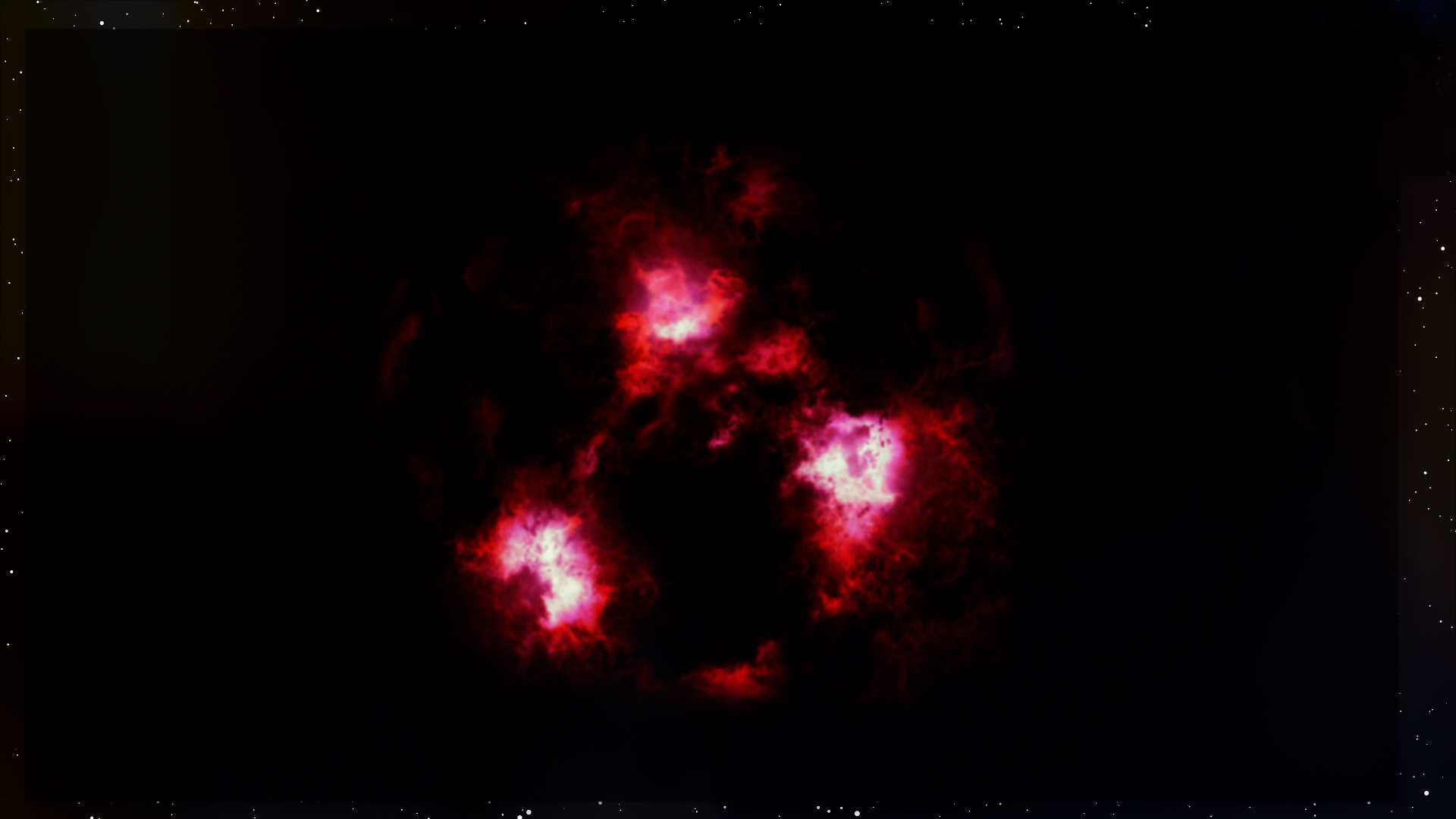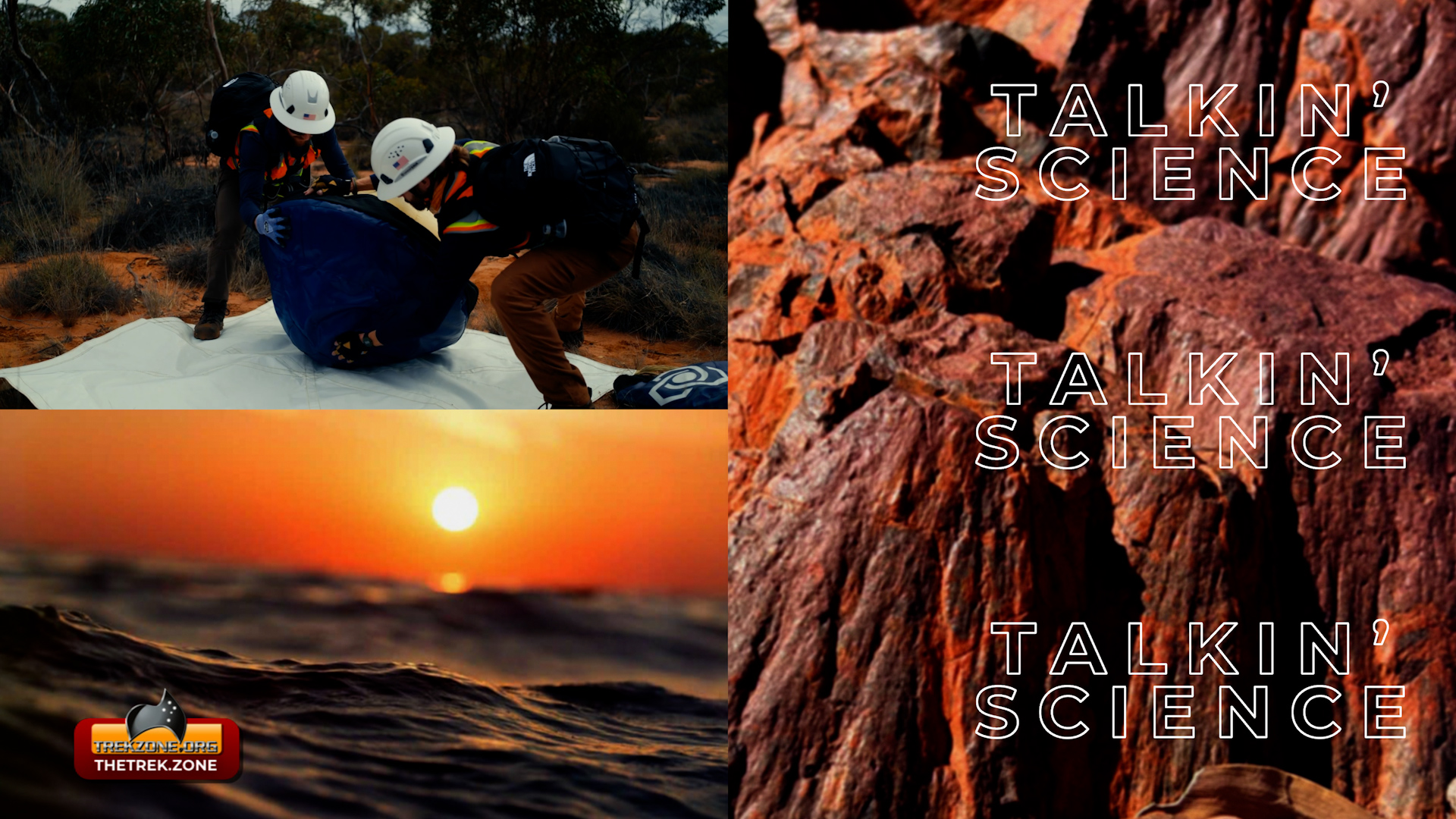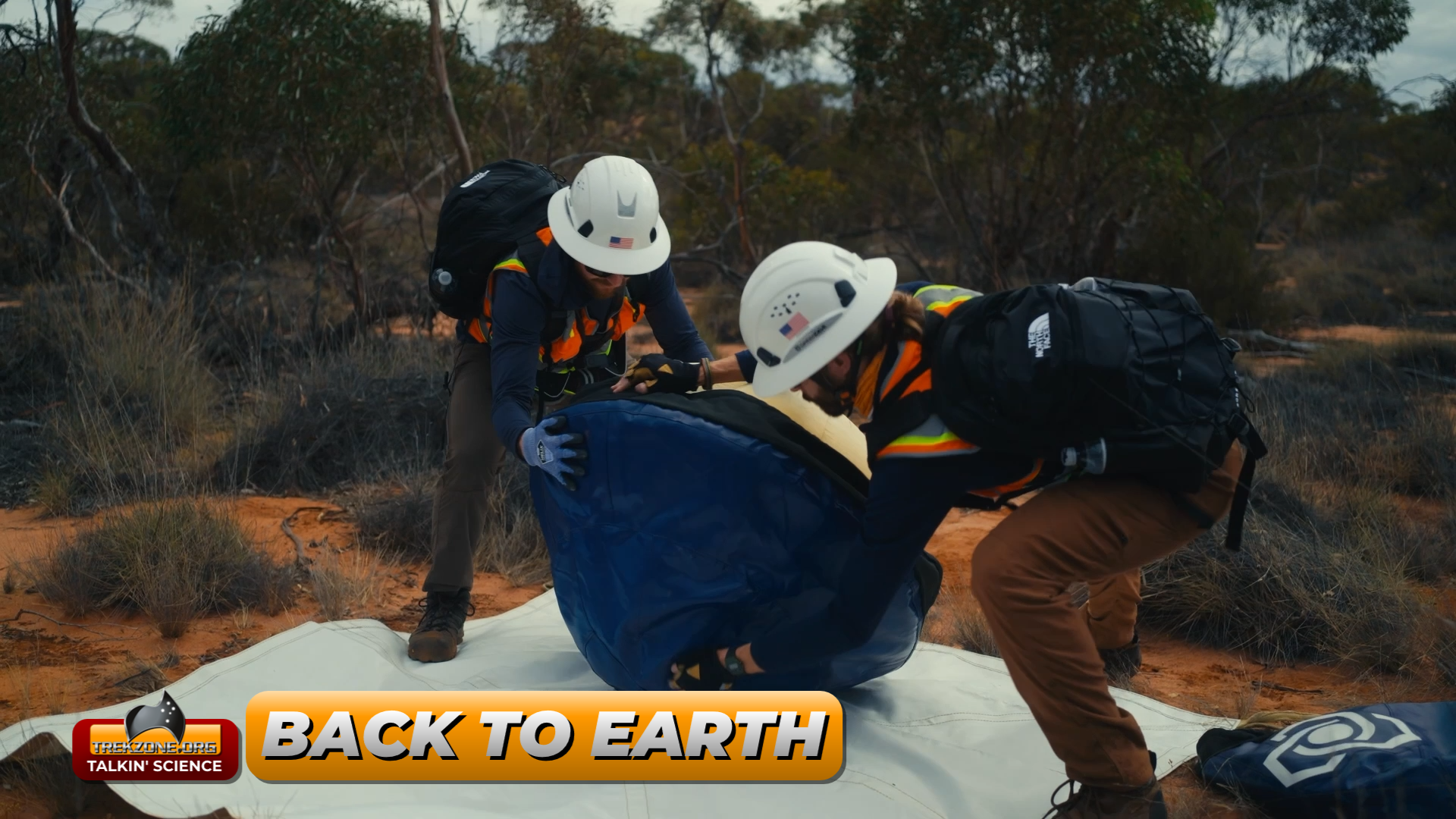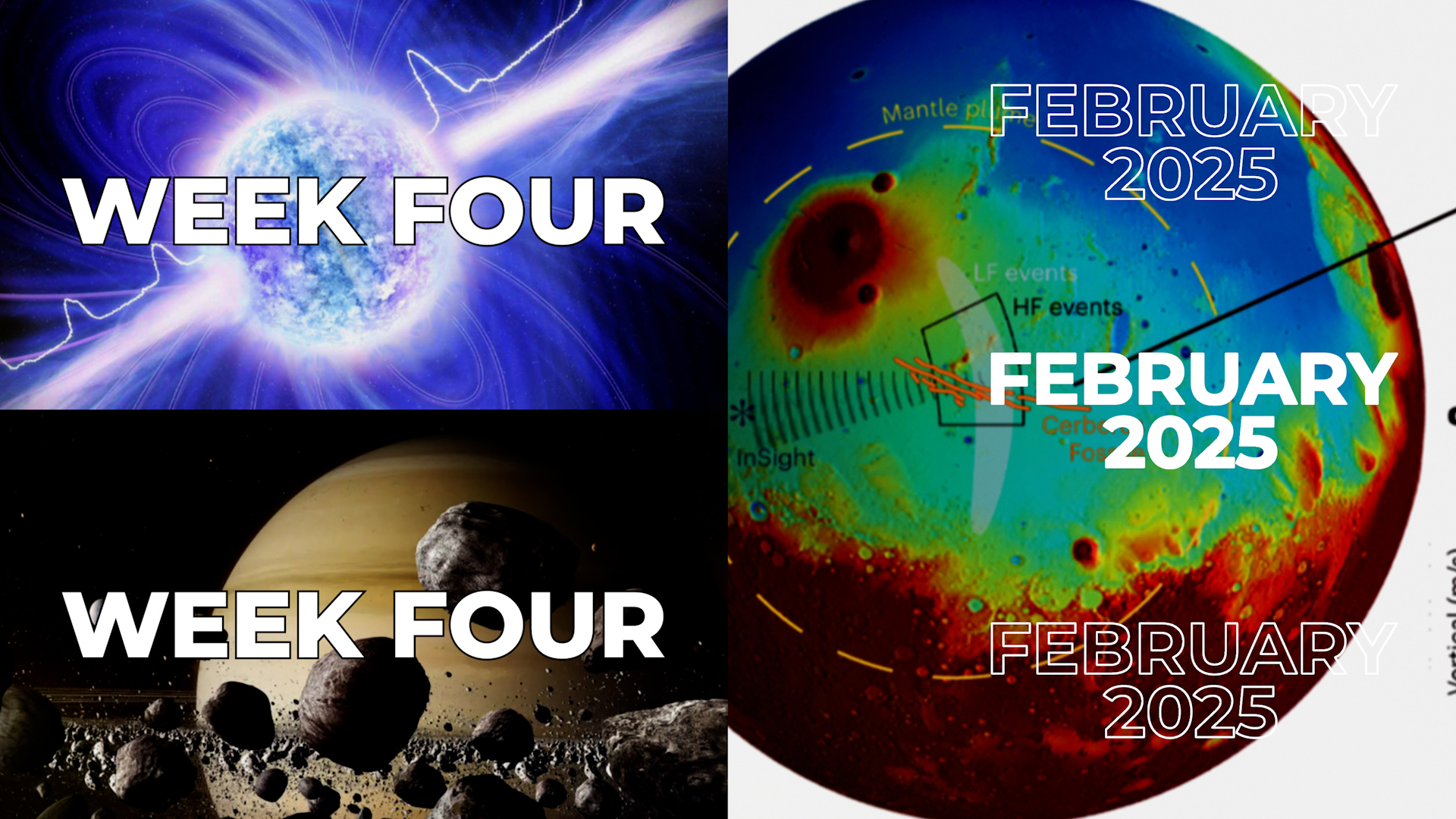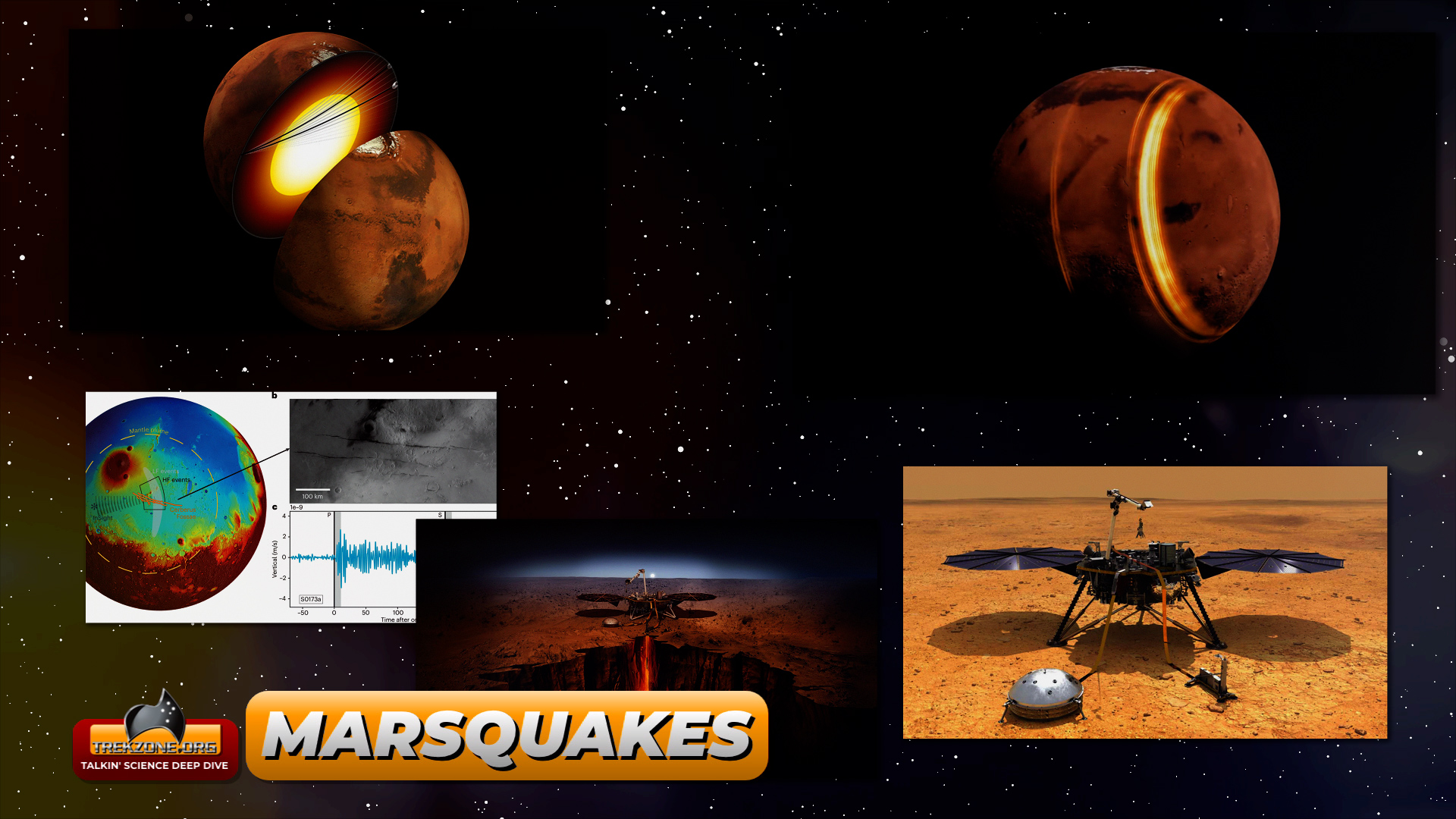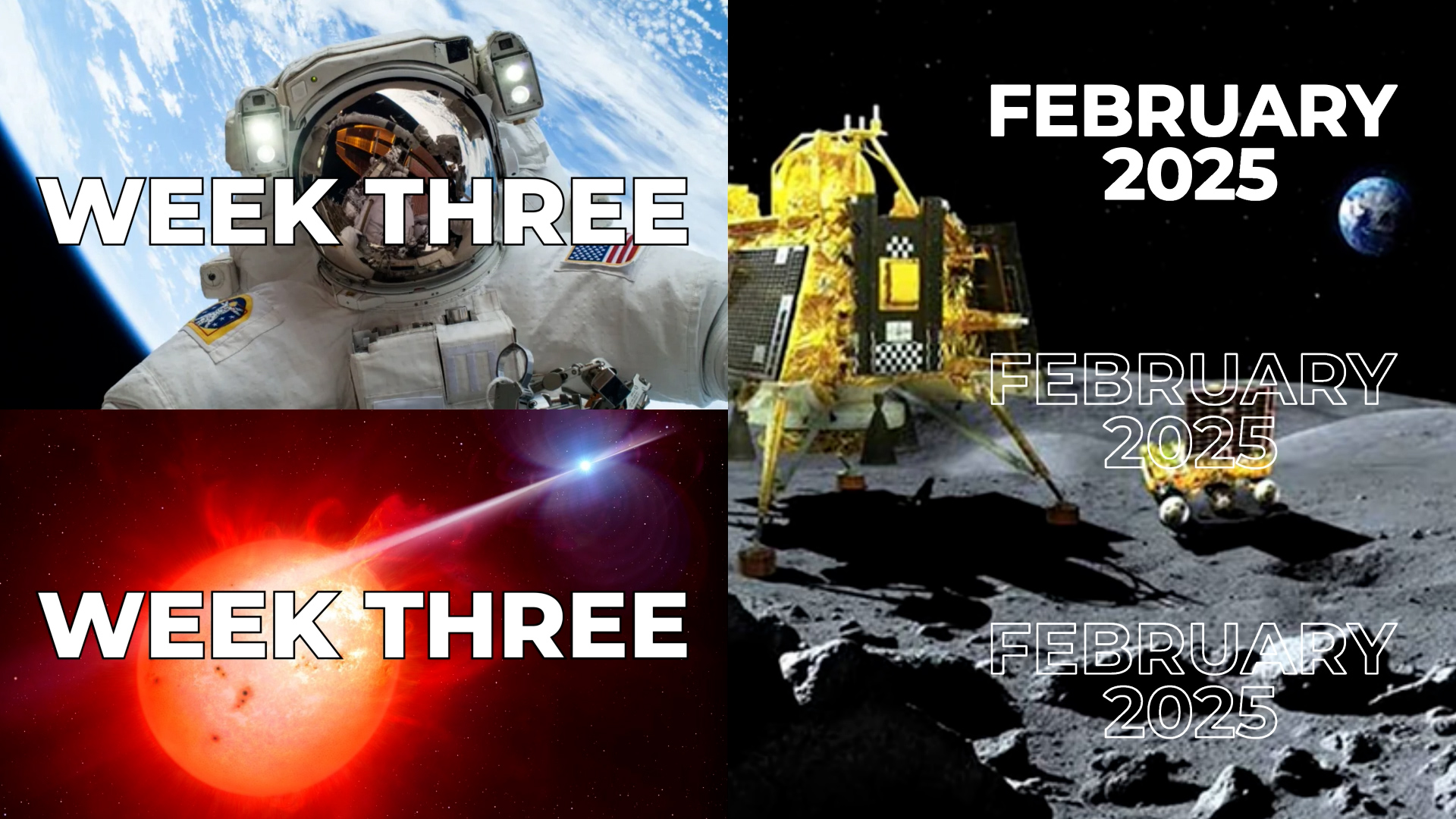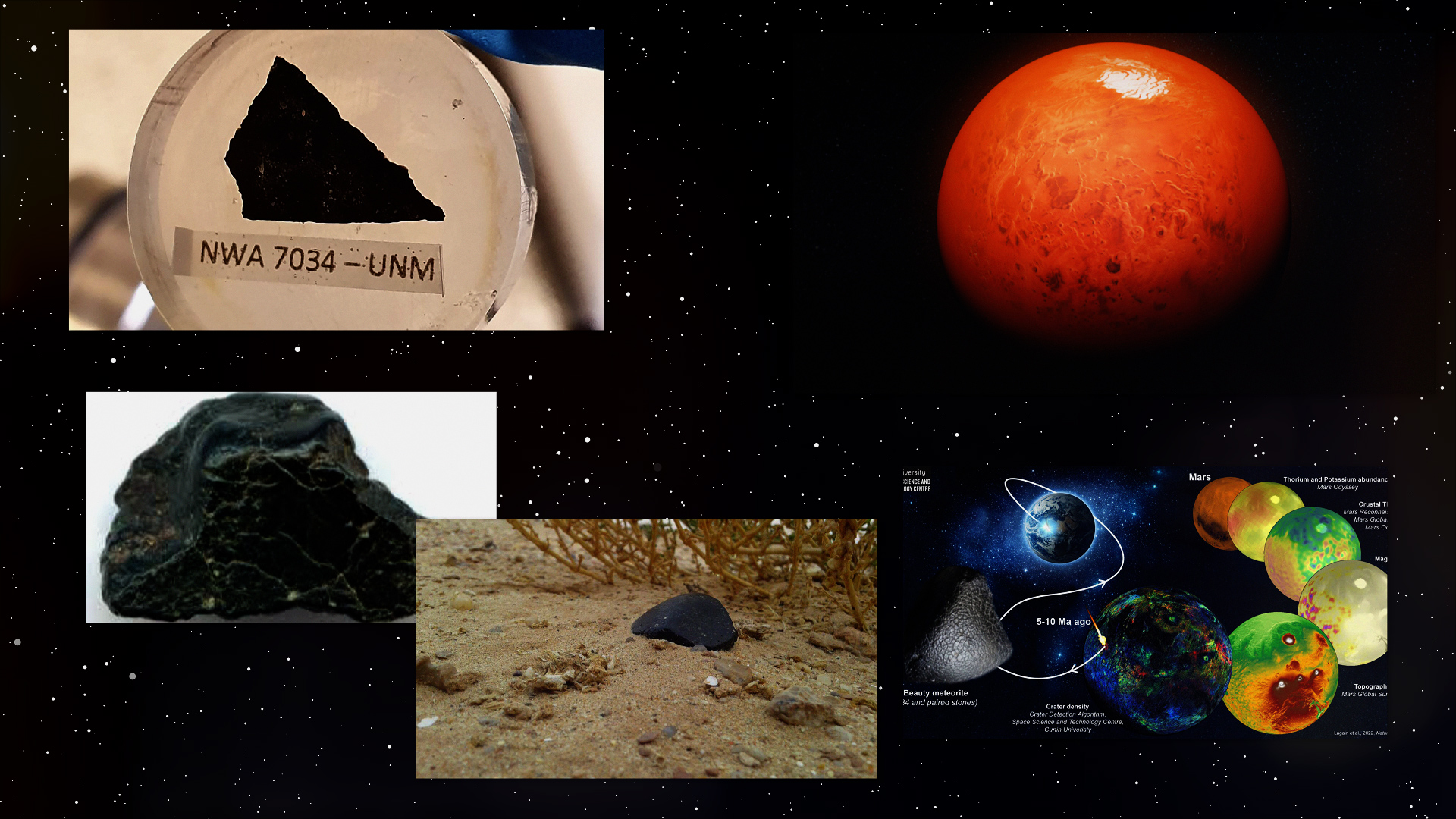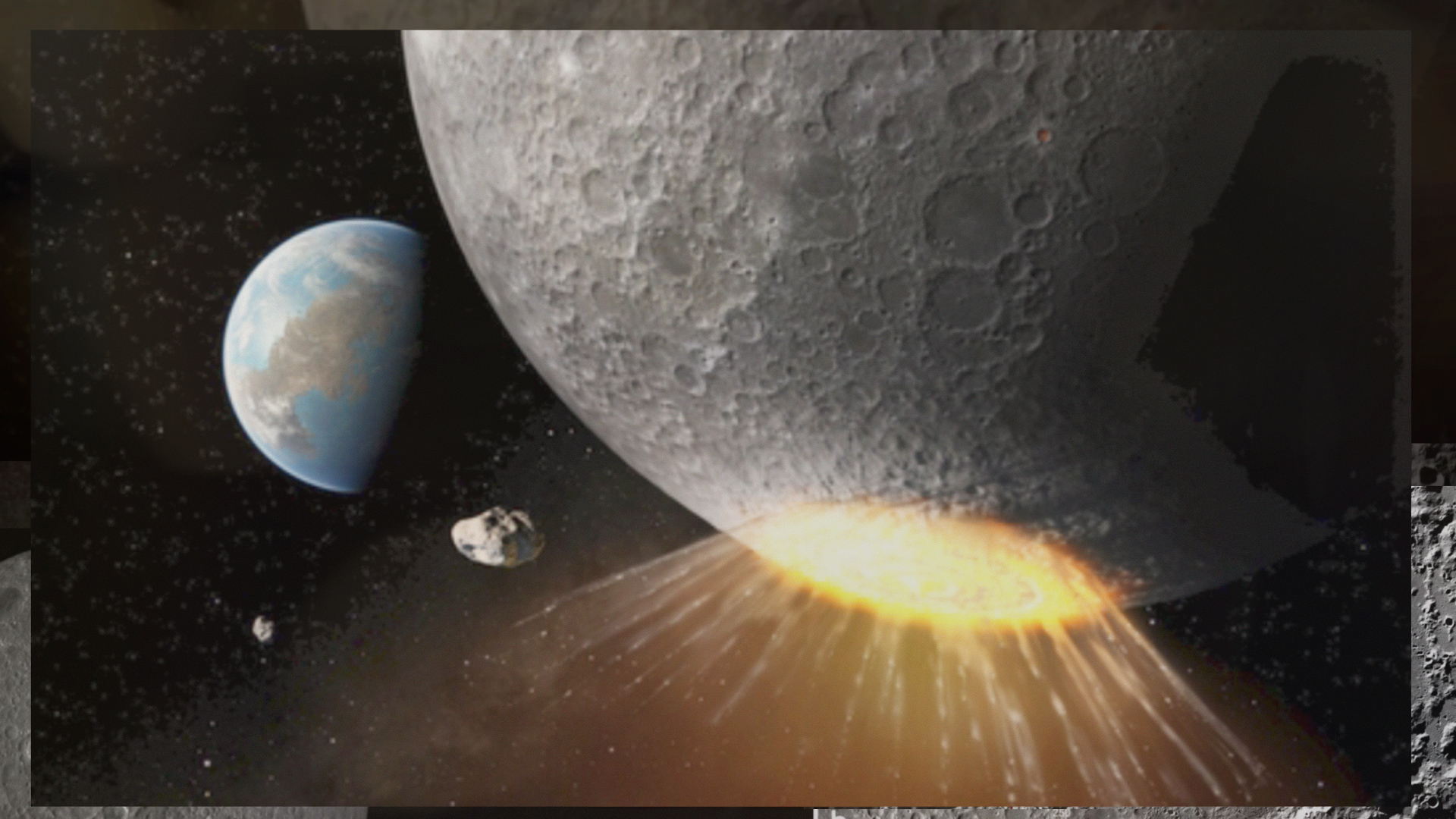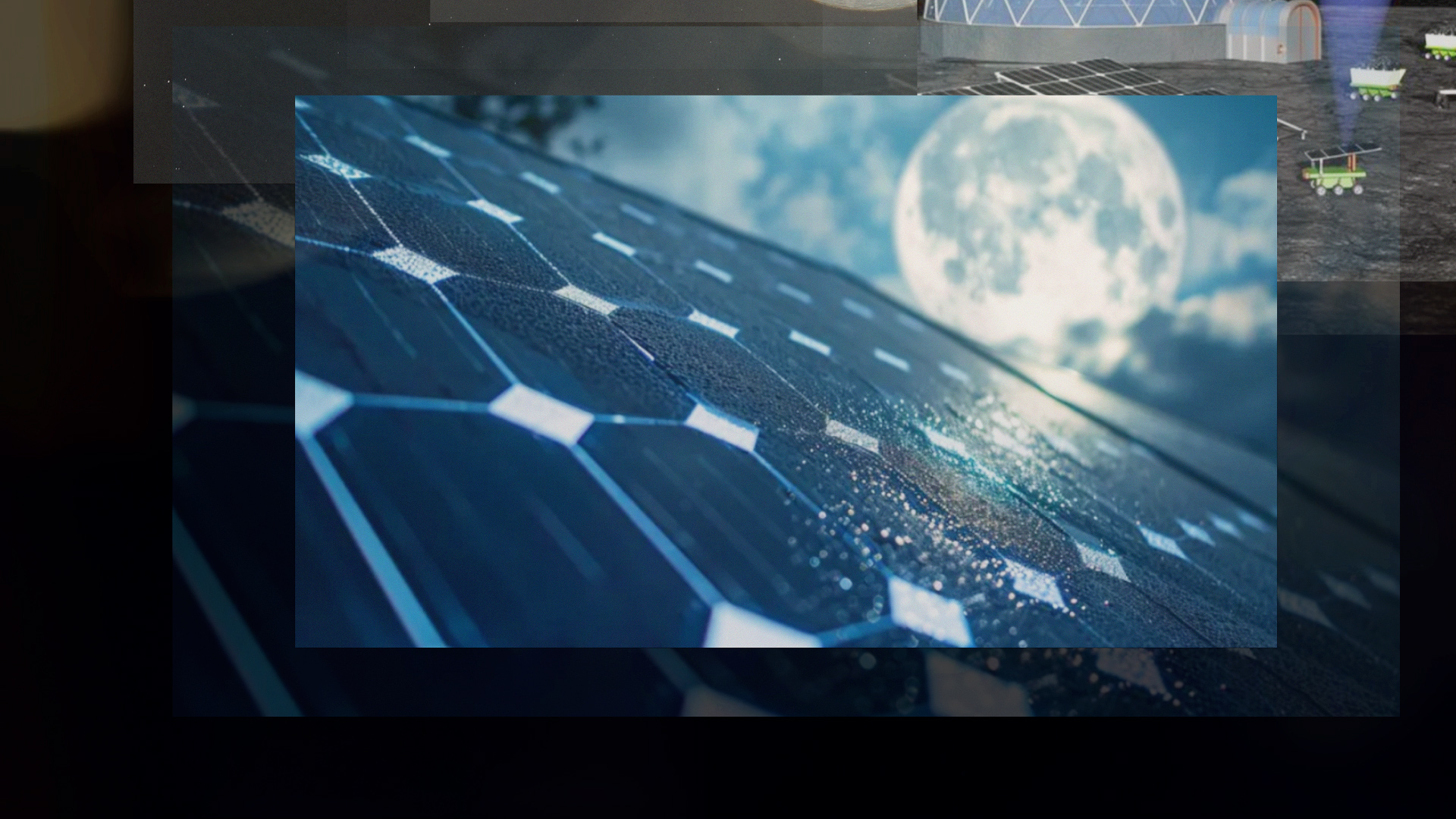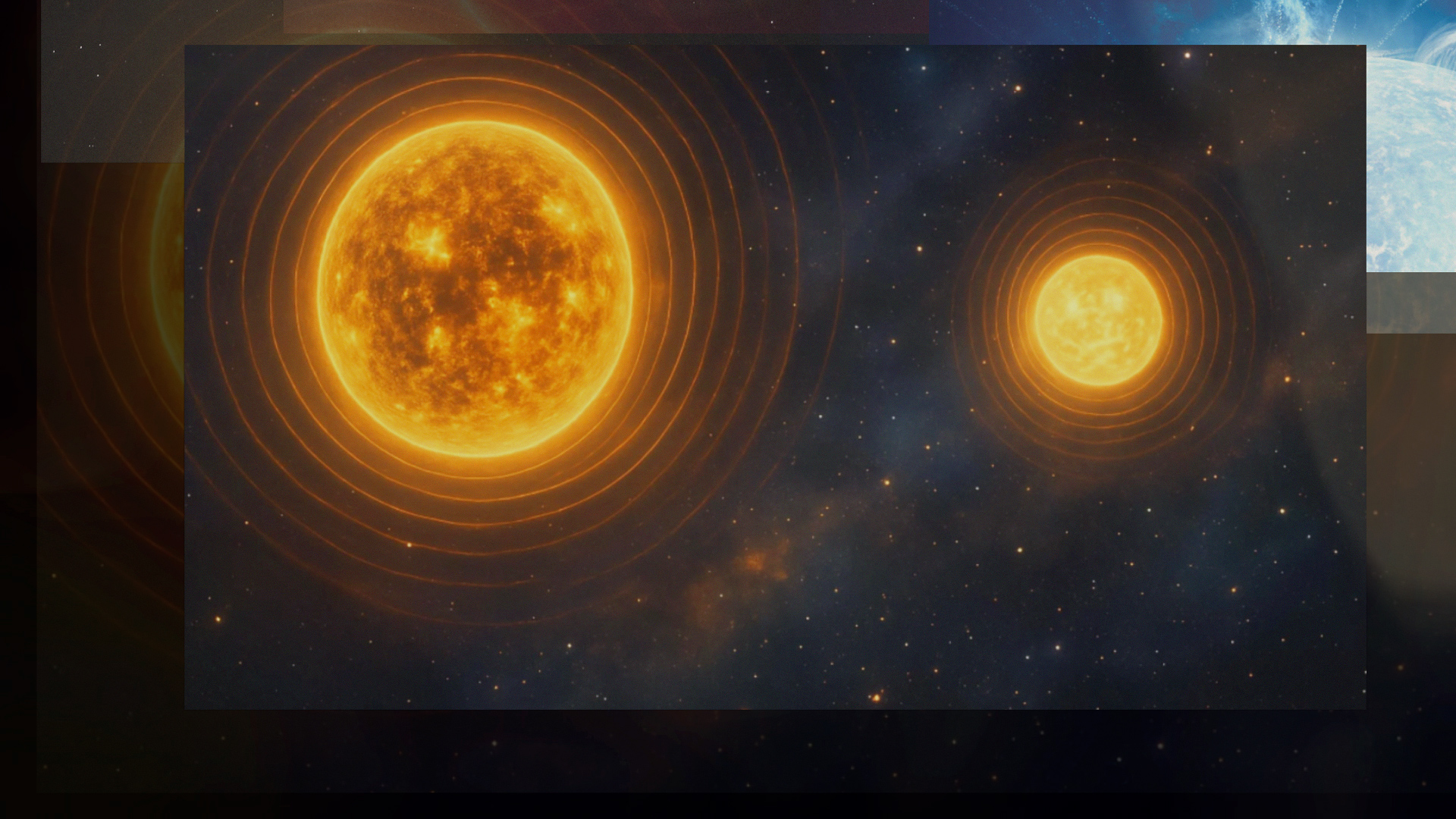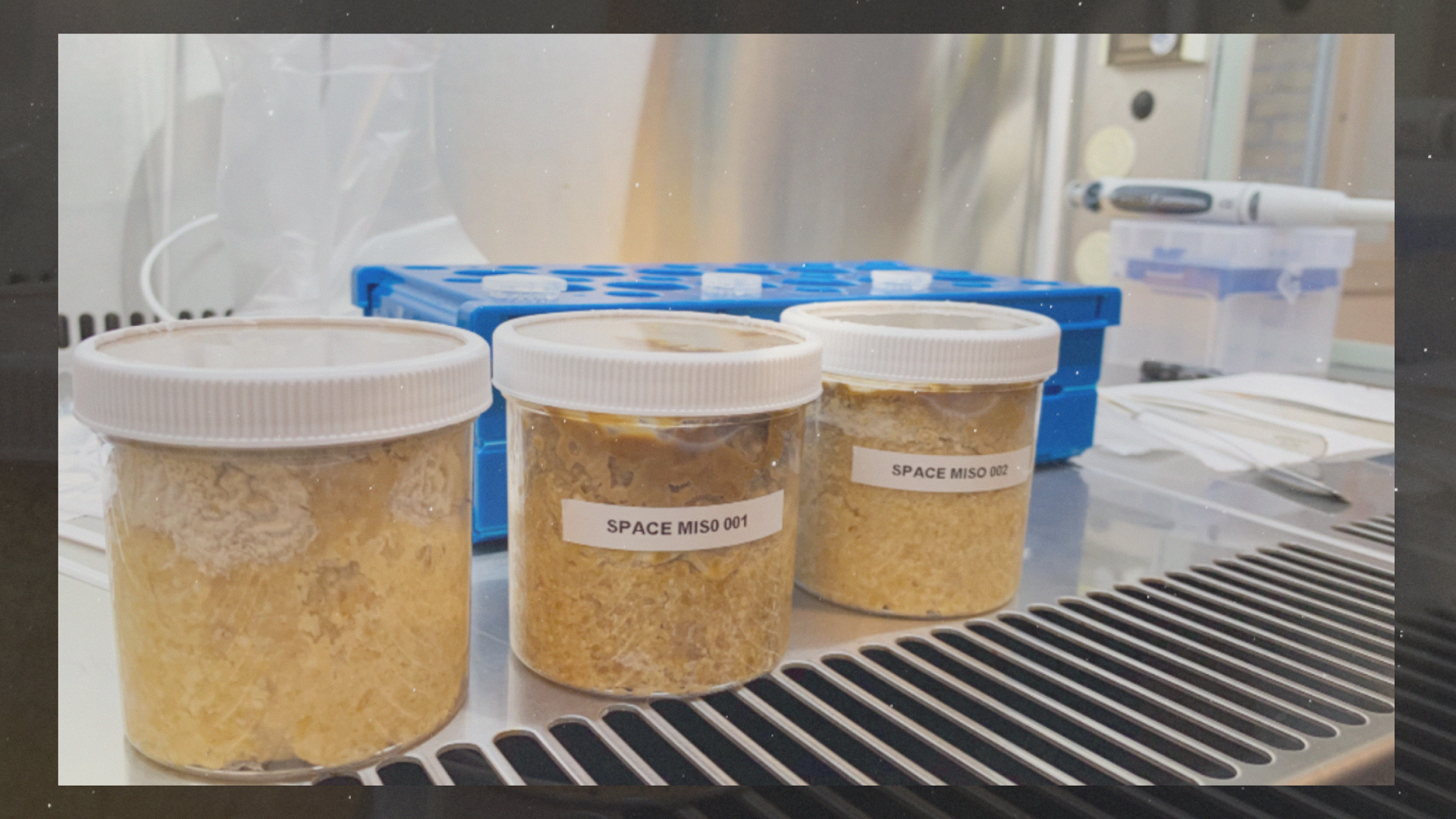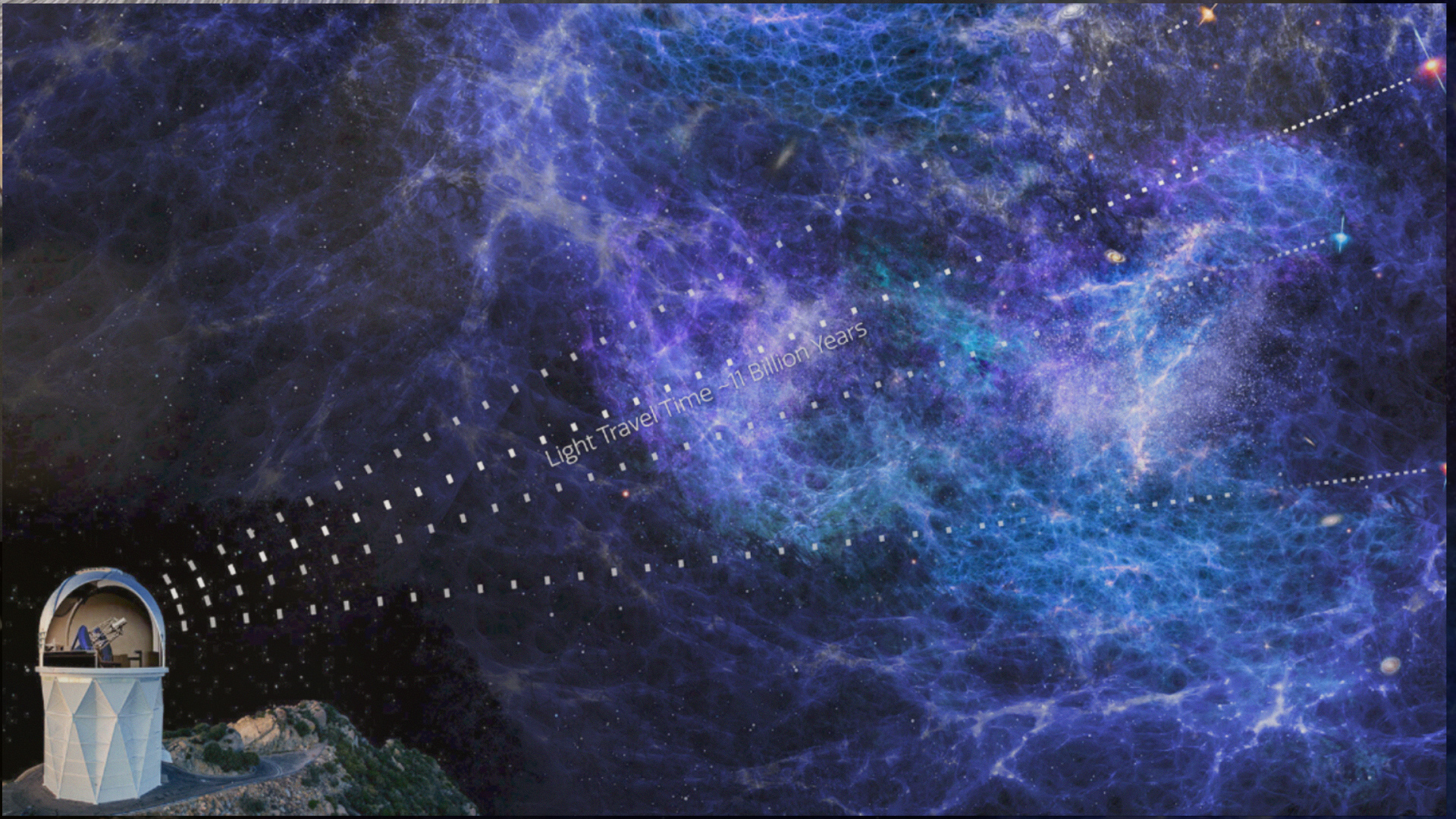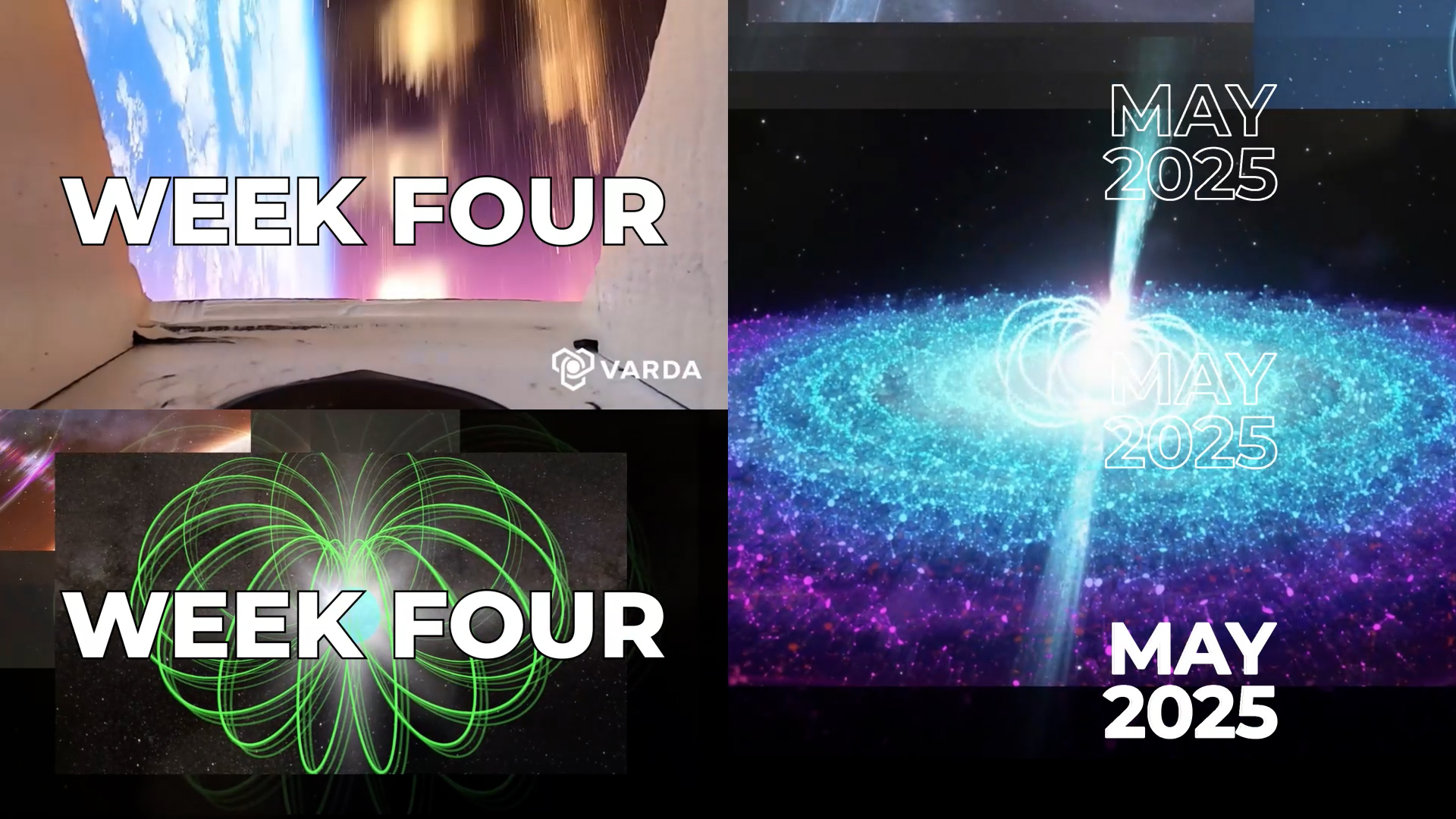This surprising discovery was made by the James Webb Space Telescope’s FRESCO program, which uses the NIRCam/grism spectrograph to measure accurate distances and stellar masses of galaxies.
In the hierarchical model of galaxy formation, galaxies form gradually within large halos of dark matter. Dark matter halos capture gas (atoms and molecules) into gravitationally bound structures where stars are formed. Typically, only 20 per cent of this gas is converted into stars in galaxies.
But these findings challenge that view, revealing that massive galaxies in the early Universe may have been much more efficient in building stars than their later counterparts, growing much more rapidly than previously thought.
And while most sources found in the FRESCO survey fit existing models,scientists found three surprisingly massive galaxies, with stellar masses comparable to today’s Milky Way. They’ve been named ‘Red Monsters’, due to their high dust content, which gives them a distinct red appearance in the JWST images.
Associate Professor Ivo Labbé from Swinburne University of Technology says these findings raise new questions for galaxy formation theories, specifically the issue of ‘too many, too massive’ galaxies in the early Universe, noting that “Current models fail to explain how it is possible star formation is so super-efficient, very early in the universe”.

